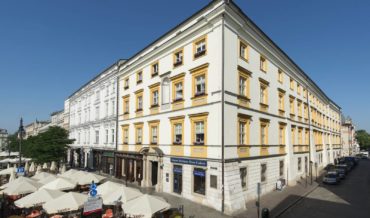The execution sites were the sites of mass murders committed by the Nazis in 1939-1945. Executions were carried out mainly on people detained in the street, hostages and political prisoners. The purpose of the murders was to destroy the Polish nation and to intimidate people. Most of the mass murder sites have been honored with monuments or commemorative plaques.
The sites of mass murders in Krakow were, for example:
- 2 Pomorska Street – the seat of the Gestapo
- 32 Mazowiecka Street – 20 prisoners were shot
- 44/46 Smoleńsk street – 10 people were shot
- 24 Szeroka Street – 30 people were shot
- Miedziana Street – 79 people were shot
- 27 Lubicz Street – 40 prisoners were shot
- Kamedulska Street – 69 people were shot
- Prądnicka Street – 10 people were shot



